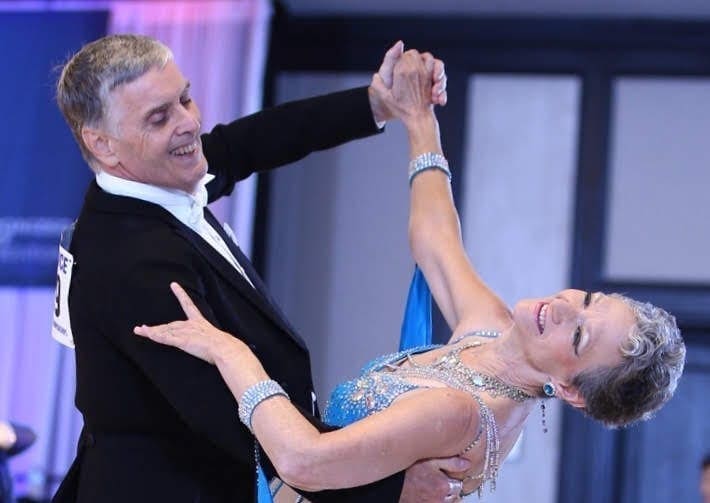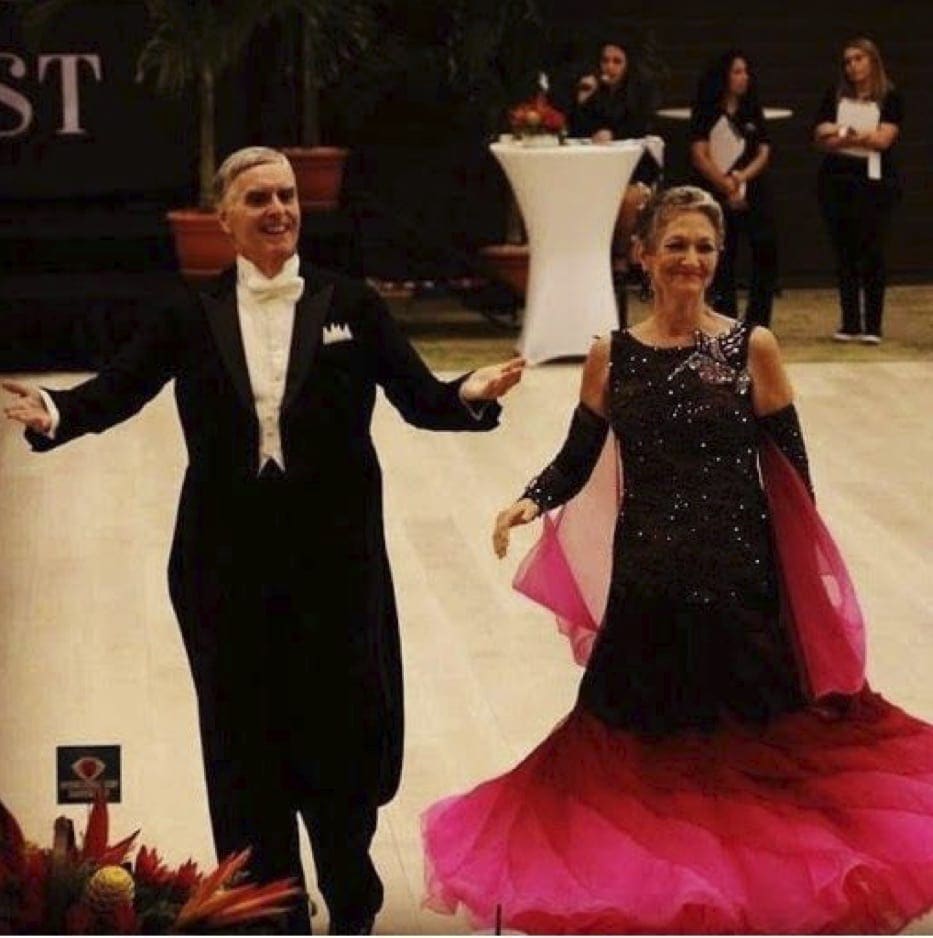So You Think You Can Dance, Costa Rica
Aspire to be a National Champion
Costa Rica’s rich history of dance is hardly surprising, with a tradition deeply rooted in folkloric dance. The country also has well-established university programs for ballet and contemporary dance, and even its own unique dance: criollo, or Tico swing.
Criollo is classified as a swing dance for having characteristics in common with jive, Lindy hop and jitterbug. Its genesis was in dance halls on banana plantations, where there were disproportionately fewer women workers. Therefore, criollo can be danced with three, four or five people.
However vibrant Costa Rica’s dance heritage may be, there has been a longstanding lack of organizational presence for dancers to train and compete at an international level.
That started to change in 2009 when the first international dance competition was held here. It was initiated by Nick Kosovich, remembered by many viewers of Dancing With the Stars in its early seasons, and David Martinez, a Costa Rican dance professional in California who remains the head judge for the Costa Rican version of Dancing with the Stars. Sadly, however, this first foray into international dance competitions in Costa Rica lost traction and ended in 2012.
Dancesport support
Then three years ago, a new organization was formed, La Federación de Baile Deportivo (FECOBADE). The federation was born out of the need for Costa Rican dancers to have support from a dancesport organization so they can compete nationally or internationally with the endorsement of a recognized entity. An important inclusion in the FECOBADE charter ensures national and traditional folkloric dance is also represented in its competitions.
FECOBADE’s formation has given rise to Costa Rica’s two sponsored competitive dance events each year. It revived the international competition in 2016 as the Costa Rican Open Dance Fest, usually held in October. More importantly, it created the Costa Rica National Dance Competition (La Competencia Nacional de Baile Costa Rica), usually held in June. This event has been declared culturally important by Costa Rica’s Ministry of Culture.
The national championships are open to all citizens and residents of Costa Rica. Individual competitions fall into three categories.
- Type of dance
Dance categories span from the original dancesport ballroom dance categories to popular Latin dances such as mambo, merengue, bachata and salsa, to Argentine tango, contemporary, breakdancing and team dancing. You will see Costa Rican folkloric dance teams and even Tico swing dancers.
- Age
Dance style categories are subdivided by age groups, from youth to adult to senior.
- Skill level
Participants not only compete against dancers their own age but also by their own skill level. As dancers progress in their dance training, they learn established “syllabus” dance moves. They become more proficient practicing and performing more complex moves and choreography.
The top categories, in which winners are awarded the “National Champion” title, are danced at the highest level in that form of dance. For example, my wife and I are Costa Rican National Champions in the Senior Standard Ballroom category. “Standard ballroom: is the original style of ballroom dance tracing back to the European competitions. They are familiar to viewers of Dancing with the Stars or, in the United Kingdom, Strictly Come Dancing.
You should go!
You should plan to attend Costa Rica’s 2020 national dance championships. They are open to the public. Experiencing a dance competition is something I recommend to everyone. It is fun, electric and joyful.
Dance is in a league of its own where sports are concerned. At the end of the day, it can still be a beautiful art form. Even witnessing the extraordinary physical exertion exhibited by competitive dancers, the artistry is undeniable. These performers are also capable of tapping into an audience’s emotions to make everyone feel a certain way. Then there is the creativity and imagination behind every dance routine as choreographers focus on esthetically pleasing movements and visual lines.
All in all, there is no way to think about dance as being anything other than special. Dance is both an art and a sport (see sidebar above/below/at right/at left/on page x). Add to that the magic of Costa Rica’s young dancers, especially the kids, with their large followings of family members and sometimes entire groups from some of the small towns where they live. Audience response is part of the joy for everyone involved with or attending the Costa Rica National Dance Competition.
Unfortunately, COVID-19 has made it necessary to postpone the 2020 event. It has been rescheduled from June to October, and combined with the international Costa Rican Open Dance Fest.
So mark your calendars now for three days of exhilarating performances by Costa Rica’s own talented dancers: Friday to Sunday, October 9 to 11 at the new Costa Rica Convention Center in San José.
Better yet: do you think you have a great salsa, merengue ,or bachata? Sign up and find out!
Visit the website Costa Rican National Dance Competition or Facebook
But Is It a Sport?
Dance is the kind of human instinct that never needed to be invented. The evolution of dance is entwined with ritual, artistic expression and even entertainment. But is it actually a sport?
Sport is defined as “an activity involving physical exertion and skill in which an individual or team competes against another or others.”
As for physical exertion, the performance of quickstep in dance competitions was ranked higher by Australian researchers for heart rate and exertion over running, swimming and other sports. As someone with years of firsthand experience, I would agree!
The concept of dance as a sport originated in the early 20th century in Paris, maturing in the 1920s and 30s in Europe. After World War II, it became even more popular. International competitions, especially in ballroom dance styles, extended outside Europe to North America and Asia. By the 1960s and 70s, global status had been attained through an ever-widening series of dance events and championships around the world.
The push to create ballroom dance as an Olympic event further developed both rules and standards for competition. Thus began the creation of national dance federations to train and develop competitors for potential international competition at an Olympic level. By the 21st century, international overseeing bodies had emerged such as the World Dancesport Federation (WDSF).
“Dancesport” is the term given to dancing at an international competitive level. Originating with ballroom dance, it has expanded to include more contemporary dance, especially breakdancing, whose popularity won acceptance as a new exhibition event for the now-postponed 2020 Olympic Games in Tokyo, Japan.
Social Media links:
https://competenciacr.com/home
https://www.facebook.com/CNBcr
https://www.facebook.com/cropendancefes
Photo Credit:
The author and his wife, Shelley, are the current Costa Rican National Champions in the Senior Standard Ballroom category
Folkloric dance performances are a special attraction at the national championships.
Photos courtesy of the Costa Rican National Dance Competition



